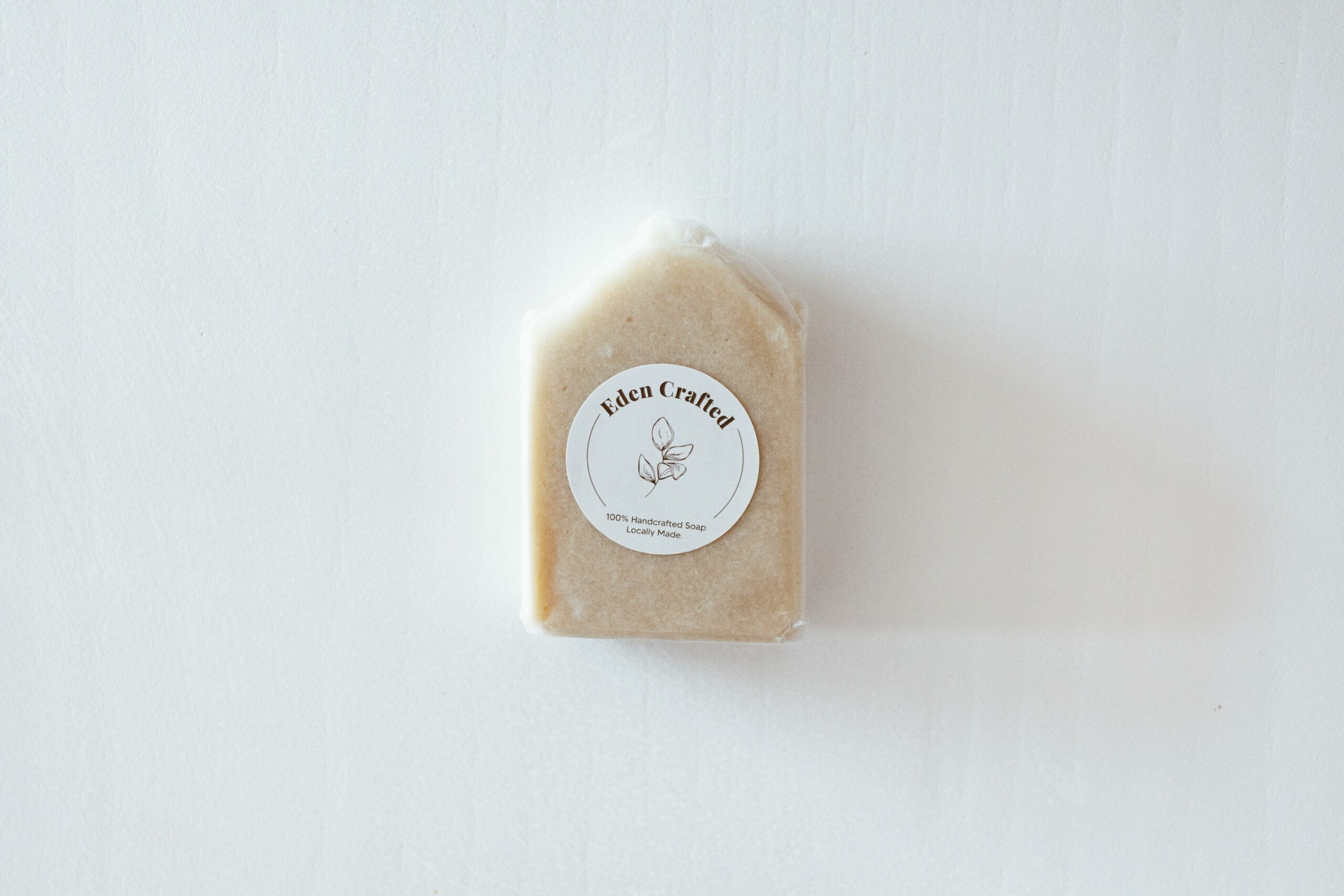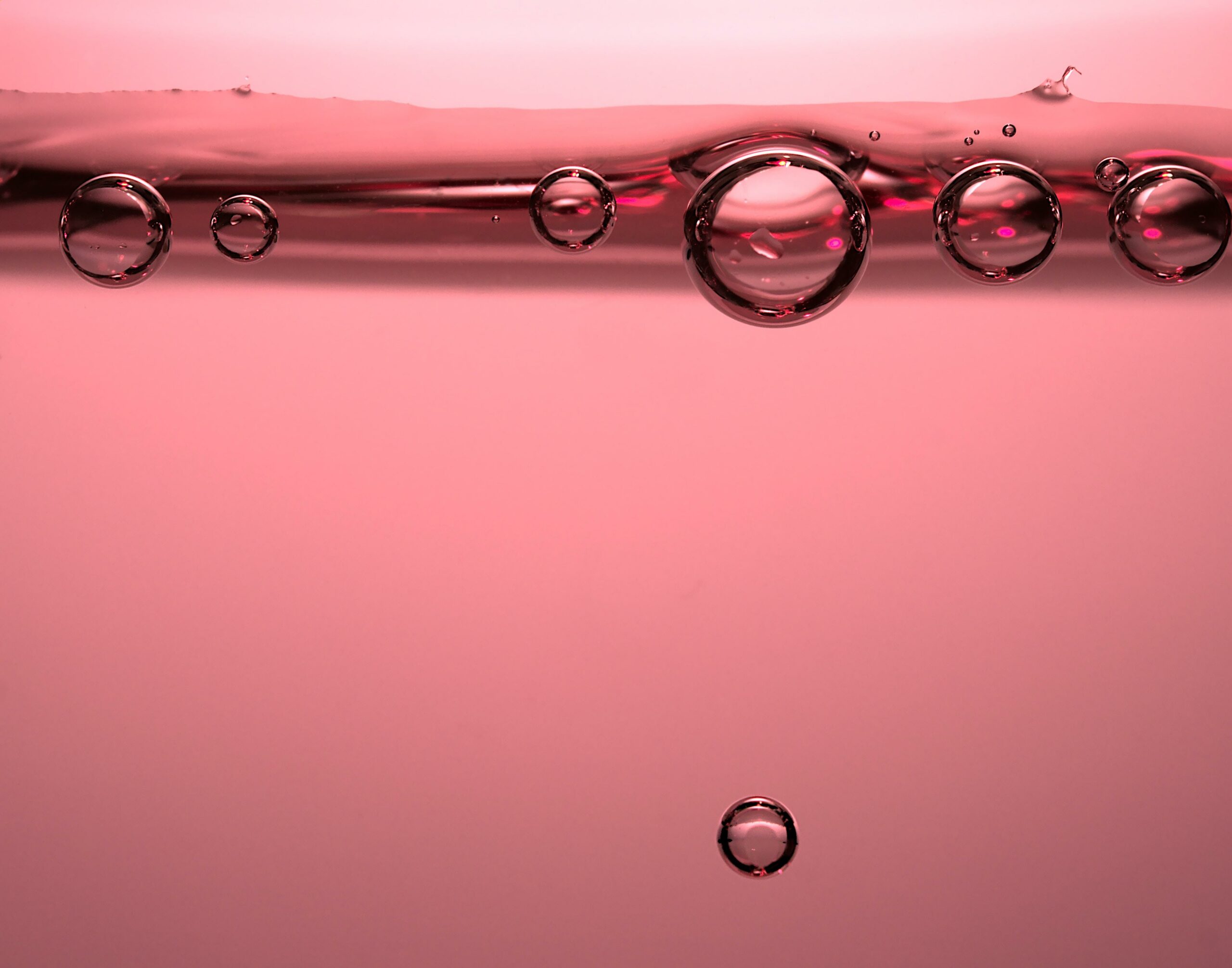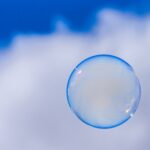In this article, we delve into the fascinating world of soap and unveil some surprising facts that will change the way you perceive this everyday personal care item. Join us as we explore “weird soapy facts” and uncover the fun side of soap and soap-making. From strange ingredients to quirky trivia, get ready to be amazed by the intriguing world of soap!

Fun Facts About Soap
When it comes to personal hygiene, soap is an essential part of our daily routine. But did you know that there’s more to soap than just cleanliness? Let’s dive into some fun facts about soap that will leave you amazed and maybe even a little bubbly! 💦
Did you know that soap has been used by humans for thousands of years? In fact, the earliest evidence of soap-making dates back to around 2800 BC in ancient Babylon. Talk about a long-standing tradition of cleanliness!
🧼 Fun Fact 1: Soap-making is an ancient art that has stood the test of time.
Soap is made through a fascinating chemical process called saponification. During this process, fats or oils are mixed with an alkaline substance, usually lye. The reaction between the fats and the alkaline substance creates soap, a magical transformation that gives us the sudsy goodness we all love.
🧪 Fun Fact 2: Soap-making is like a science experiment that transforms fats and oils into cleansing magic!
Soap isn’t just for washing dirt away; it actually helps in preventing the spread of germs and diseases. When we wash our hands with soap, the molecules in the soap act as a bridge between water and oil, allowing us to effectively remove dirt, oils, and harmful microorganisms from our skin. So next time you’re washing your hands, remember that soap is your stealthy protector against invisible foes.
🦠 Fun Fact 3: Soap doesn’t just clean, it fights off microscopic villains!
Have you ever noticed how some soaps create big, fluffy bubbles, while others produce smaller, denser ones? Well, that’s because not all soaps are created equal. The type of oil or fat used in the soap-making process greatly impacts the size and texture of the bubbles. So, whether you prefer a bubbly bath or a silky shower, choose your soap wisely for the perfect bubble experience.
🛁 Fun Fact 4: The size and texture of soap bubbles depend on the type of oil or fat used in soap-making.
Now, let’s dive into a bubbly world of soap trivia. Did you know that the world’s largest soap bubble was created in 2005? It measured an astounding 105.4 cubic feet, earning its creator a spot in the Guinness World Records. Imagine being inside that giant bubble!
💭 Fun Fact 5: The world’s largest soap bubble could have fit a whole roomful of people inside!
Soap not only cleanses our bodies, but it also has the power to soothe and relax our minds. Many soap scents, such as lavender and chamomile, have calming properties that can help reduce stress and promote a sense of relaxation. So, the next time you’re lathering up, take a moment to indulge in the therapeutic experience that soap brings.
🌿 Fun Fact 6: Soap scents can do wonders for our well-being, turning an ordinary shower into a serene spa-like experience.
It’s fascinating to discover the many hidden aspects of something as everyday as soap. From its ancient origins to its role in preserving our health and well-being, soap truly is a remarkable creation. So next time you reach for that bar or pump, remember these fun facts and appreciate the little wonders that soap brings to our lives.
🔍 Remember: Fun facts about soap can turn your bathroom into a treasure trove of knowledge!
Fun facts about soap are always intriguing. Did you know that soap operas got their name because they were initially sponsored by soap companies? It’s true! If you’re curious to learn more about the fascinating world of soap operas, check out our article on fun facts about soap operas. But soap isn’t just for entertainment; it also has scientific properties that make it a remarkable substance. Discover the intriguing scientific facts about soap that will leave you amazed. Are you a fan of carving? You’ll be surprised to find out that there are fun facts about soap carving too! If you’re interested in the art of making soap, don’t miss our article on fun facts about soap making, where you’ll uncover some interesting techniques. We can’t forget about the popular brand Dove, known for its moisturizing properties. Find out some fun facts about Dove soap that you probably didn’t know. Finally, take a journey through time and explore the rich history of soap with our article on soap history facts. You won’t believe how far soap has come!
8 Thoughts on “Weird Soapy Facts”
When it comes to personal hygiene, soap is an essential tool to keep ourselves clean and free from germs. But did you know that soap has a fun side too? In this article, we’ll dive into some surprising and lesser-known facts about soap that will surely leave you amazed. So, let’s explore these weird soapy facts together!
1. The “Soap Opera” Connection
Ever wondered why we call them “soap operas”? Well, it turns out that these popular TV dramas got their name from an interesting fact. Back in the early days of radio and television, soap companies would sponsor these shows to target their audience, mainly homemakers. These companies would advertise their soap products during the breaks, hence the name “soap operas” stuck! It’s like a never-ending cleanliness saga with a pinch of drama.
Key Point: “Soap operas” got their name from the soap companies that sponsored these shows.
2. Soap as a Bedtime Buddy
We all have our nighttime rituals before tucking ourselves into bed, and many of us enjoy a relaxing bubble bath or shower. But here’s an interesting twist: scientists have found that taking a hot shower or bath before bedtime can actually help you fall asleep faster. The warm water increases your body temperature, and as it cools down, your body naturally gets ready for sleep. So, next time you’re looking for a better night’s sleep, don’t forget to grab your trusty soap!
Key Point: Taking a hot shower before bed can help you fall asleep faster.
3. A Soap: The Wondrous Stain Remover
We’ve all had those moments when we accidentally spill or stain our favorite shirt. But fear not, because soap is here to save the day! Rubbing a bar of soap on a stain can help break down the oils and grease, making it easier to remove. It acts as a surfactant, helping to lift the stain from the fabric. So, the next time you’re faced with a stubborn stain, reach for a bar of soap and watch it work its magic!
Key Point: Soap can be used as an effective stain remover for clothing.
4. A Rainbow of Soapy Bubbles
Bubbles are a delightful part of our childhood memories, but did you know that soap bubbles can actually display a spectrum of colors? When light passes through a soap bubble, it undergoes a process called interference, causing different colors to appear. This happens because the light waves bounce off multiple surfaces of the bubble, creating a mesmerizing array of hues. So, the next time you blow soap bubbles, take a moment to appreciate the vibrant colors dancing before your eyes!
Key Point: Soap bubbles can exhibit a beautiful range of colors due to light interference.
5. The Soap Sculpting Art
Did you ever think soap could be transformed into a work of art? Well, it absolutely can! Soap carving is a fascinating art form where skilled artisans create intricate sculptures out of soap bars. This delicate craftsmanship showcases the versatility of soap as a medium for artistic expression. From animals to intricate designs, these soap sculptures are truly awe-inspiring. It just goes to show that soap is not only useful but also can be a muse for creativity!
Key Point: Soap carving is an artistic craft that transforms soap bars into intricate sculptures.
6. Soup and Soap – A Knotty Connection
Here’s a quirky fact about soap that might leave you scratching your head. Have you ever wondered why soap and soup sound so similar? Well, it’s not just a coincidence! The word “soap” actually comes from the Latin word “sebum,” which means “tallow” or “fat.” On the other hand, “soup” has its origins in the Sanskrit word “supā,” which means “good taste.” While their meanings may differ, their similar sounds have certainly puzzled linguistic enthusiasts over the years!
Key Point: The similar sounds of “soap” and “soup” have led to linguistic curiosity, although their meanings are distinct.
7. Soap – An Ancient Passport to Cleanliness
Soap has been a part of our lives for thousands of years, but did you know that it has connections to ancient Roman bathhouses and Turkish hammams? The use of soap for cleaning dates back to the early civilizations, where people understood the importance of personal hygiene. From ancient Roman ruins to historical bathing rituals, soap has stood the test of time as an indispensable tool for cleanliness and self-care.
Key Point: Soap has been used for centuries in various cultures, symbolizing the importance of hygiene throughout history.
8. The Surprising Science of Floating Soap
Have you ever dropped a bar of soap in water and noticed it floats? Well, there’s a scientific explanation behind this wondrous phenomenon. Floating soap contains air pockets or tiny gas bubbles trapped within its structure. These air pockets decrease the overall density of the soap, allowing it to float on top of the water. So, next time you’re enjoying a bubble bath, marvel at the ingenuity of floating soap!
Key Point: Floating soap floats due to the presence of air pockets within its structure, decreasing its overall density.
So, there you have it – eight weird and wonderful facts about soap that unveil its fun and intriguing side. From its connection to soap operas to its surprising stain-removing abilities, soap continues to surprise us with its versatility and significance. So, the next time you reach for a bar of soap, remember its hidden quirks and embrace the playful side of personal hygiene!
Fun Facts About Soap And Soap
Soap, oh glorious soap! It’s a humble little bar that we often take for granted in our daily lives. But did you know that there are some truly fascinating fun facts about soap and its history? Let’s dive into the world of personal hygiene and discover the hidden wonders of soap!
The Soap Opera: Not Just a Coincidence
Have you ever wondered why those melodramatic TV shows are called soap operas? Well, here’s a little trivia for you: they got their name because they were originally sponsored by soap companies! As these companies found an audience among homemakers, the shows became a perfect match for their target demographic. So next time you’re indulging in a guilty pleasure soap opera, remember how it all started with a little soap.
Did you know? Soap operas were named after the soap companies that sponsored them.
The Art of Soap Carving
Soap isn’t just for cleaning! It can also be a canvas for artistic expression. Soap carving is an ancient craft that transforms ordinary bars of soap into intricate sculptures. With skilled hands and a sharp knife, artists can create stunning works of art that rival even the most delicate sculptures. It’s like creating a masterpiece from a humble piece of hygiene!
Fun fact: Soap carving is an artistic craft that can turn ordinary bars of soap into intricate sculptures.
Floating Soap: A Little Pocket of Air
Have you ever wondered why some soap floats in water? Well, the secret lies in the tiny air pockets trapped within the soap’s structure. These air pockets make the soap less dense than water, causing it to float. It’s like a little pocket of air keeping your soap afloat in the sea of cleanliness!
Fun fact: Floating soap floats because of tiny air pockets within its structure.
Soap Bubbles: A Colorful Interference
We all love blowing bubbles, but did you know that soap bubbles can exhibit a mesmerizing array of colors? This phenomenon occurs because of light interference. When light reflects off the layers of soap film, it creates a dazzling display of colorful hues. So the next time you’re enchanted by a bubble’s vibrant rainbow, remember that science is at play!
Did you know? Soap bubbles can display a range of colors due to light interference.
Soap and Soup: Linguistic Curiosities
Have you ever pondered the linguistic connection between “soap” and “soup”? Despite their similar sounds, these words have distinct meanings. While soap helps cleanse our skin and keep us fresh, soup nourishes our bodies and tantalizes our taste buds. So, next time you come across “soap” and “soup,” marvel at how two words can hold such different meanings.
Linguistic curiosity: Despite their similar sounds, “soap” and “soup” have distinct meanings.
Soap: A Symbol of Hygiene Through History
Soap has been an essential part of personal hygiene for centuries, symbolizing the importance of cleanliness throughout history. From ancient Babylon to modern-day households, soap has played a vital role in keeping us healthy and germ-free. So, the next time you lather up, remember that you’re continuing a timeless tradition of cleanliness.
Key point: Soap has symbolized the importance of hygiene throughout history.
So there you have it, an array of fun facts about soap and its intriguing history. From soap operas to soap carving, floating soap to colorful bubbles, and linguistic curiosities to timeless traditions, soap has more to offer than meets the eye. So, the next time you hold a bar of soap in your hands, take a moment to appreciate its rich heritage and the wonders it brings to our lives.
10 Fascinating Facts About Soap
[youtube v=”s2Qjf0trGaI”]
Soap: Tracing Its History and Making
Soap has been used by humans for thousands of years, with evidence of soap-making dating back to around 2800 BC in ancient Egypt. The process of making soap is called saponification, where fats or oils are mixed with an alkali such as sodium hydroxide. This chemical reaction results in the production of soap and glycerin.
“The use of soap for body cleansing has a long history, with evidence found in ancient Egyptian records dating back to 2800 BC.”
The Power of Soap: Dirt Removal and Cleansing
Soap effectively works to remove dirt, oil, and bacteria from the skin. Soap molecules have two ends, one that loves water (hydrophilic) and one that loves oil (hydrophobic). This unique property allows soap to dissolve oil and dirt, which can then be rinsed away with water.
“Soap’s ability to remove dirt, oil, and bacteria from the skin is due to its unique molecular structure, with one end attracted to water and the other end attracted to oil.”
Fragrances and pH Content
Bath soaps come in various scents, such as lavender, lemon, jasmine, or even chocolate, to enhance the bathing experience. Additionally, bath soaps typically have a slightly alkaline pH level between 9 to 10. This alkaline pH content helps in cleansing dirt and oil from the skin.
“To provide a more enjoyable experience, bath soaps are often infused with pleasant fragrances such as lavender or lemon. They also have a slightly alkaline pH level, which aids in cleansing the skin.”
The Drying Effect and Additional Ingredients
Excessive use of soap or certain chemical ingredients in soap can lead to skin dryness. This occurs because soap can strip away the skin’s natural oils, essential for maintaining moisture and skin health. However, some bath soaps contain additional ingredients such as essential oils, vitamins, or natural substances. These ingredients provide extra hydration, nourishment, and protection against irritation.
“While soap can remove dirt and oil from the skin, excessive use or certain additives can cause dryness. However, some bath soaps contain additional ingredients to provide hydration, nourishment, and protection against irritation.”
Exploring Different Soap Varieties
Bath soaps can be made from plant-based or animal-based ingredients. Plant-based soaps are typically made from vegetable oils like olive oil or coconut oil, while animal-based soaps use animal fats as their base. Additionally, specialized bath soaps are available for sensitive skin, such as baby soaps. These soaps are usually fragrance-free and have gentler formulations to maintain the softness of baby’s skin.
“Bath soaps can be made from either plant-based or animal-based ingredients, with specialized options available for sensitive skin, like fragrance-free baby soaps.”
The Diverse Soap Market
The soap market offers a wide range of products, including liquid soaps, bar soaps, organic soaps, and more. This variety allows consumers to choose soap according to their preferences and needs. Whether someone prefers a specific scent, texture, or formula, the soap market has something for everyone.
“The soap market caters to various preferences and needs, offering a diverse range of products such as liquid soaps, bar soaps, and organic soaps.”
In conclusion, soap has a rich history, with evidence of its use dating back thousands of years. Its effectiveness in removing dirt, oils, and bacteria from the skin is due to its unique molecular structure. However, excessive use or certain additives can cause dryness, which can be mitigated with the inclusion of additional ingredients in some bath soaps. With a diverse market offering various types of soap, individuals can find the perfect soap to suit their needs and preferences.
“Soap’s rich history, effectiveness in cleansing, and diverse product offerings make it an essential aspect of personal hygiene.”
FAQ
Q: Are there any commonly known fun facts about soap?
A: Based on the search results, there are currently no commonly known or documented fun facts about soap. It is suggested to check for spelling errors or try using different keywords when conducting a search related to soap facts.
Q: How can I find fun facts about soap?
A: To find fun facts about soap, it is recommended to check for spelling errors or try using different keywords when conducting a search. Additionally, exploring specific sources or conducting research on soap-related topics may yield interesting and lesser-known facts.
Q: Is there any specific data related to the search request for soap facts?
A: Yes, the provided references, Ref A: 650d76939ad24819ae96d1aa9c954a36, Ref B: PUSEEAP00002CA0, and Ref C: 2023-09-22T11:12:19Z, indicate specific data related to the search request. These references can be used for further investigation or troubleshooting.
Q: Can you provide more information on the error while searching for fun facts about soap and soap?
A: The error indicates that there are currently no search results found for “Fun Facts About Soap And Soap.” To troubleshoot, it is advised to check for spelling errors or try using different keywords when conducting the search. The provided references for the error include Ref A: 650d76fa5426400b895b86275219d008, Ref B: PUSEEAP00009D86, and Ref C: 2023-09-22T11:14:02Z.
Q: Can you provide any suggestions on finding fun facts about soap?
A: To find fun facts about soap, you can explore various sources such as books, documentaries, articles, or websites specializing in personal care and hygiene. Additionally, reaching out to experts or conducting in-depth research on soap-related topics may uncover intriguing and lesser-known facts.
- Sept 31 Myth: Unveiling Calendar Secrets - March 18, 2025
- How Long & Till December 18, 2025: Accurate Countdown Guide - March 18, 2025
- Discover Japanese Artists: A Complete History - March 18, 2025
















